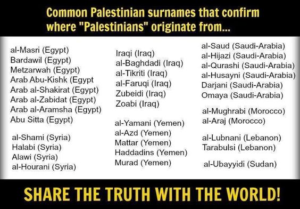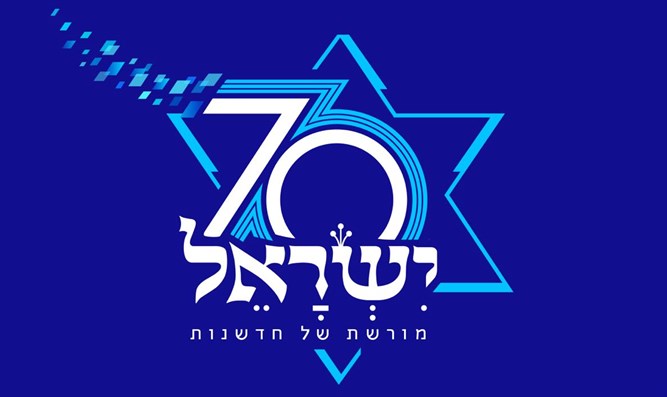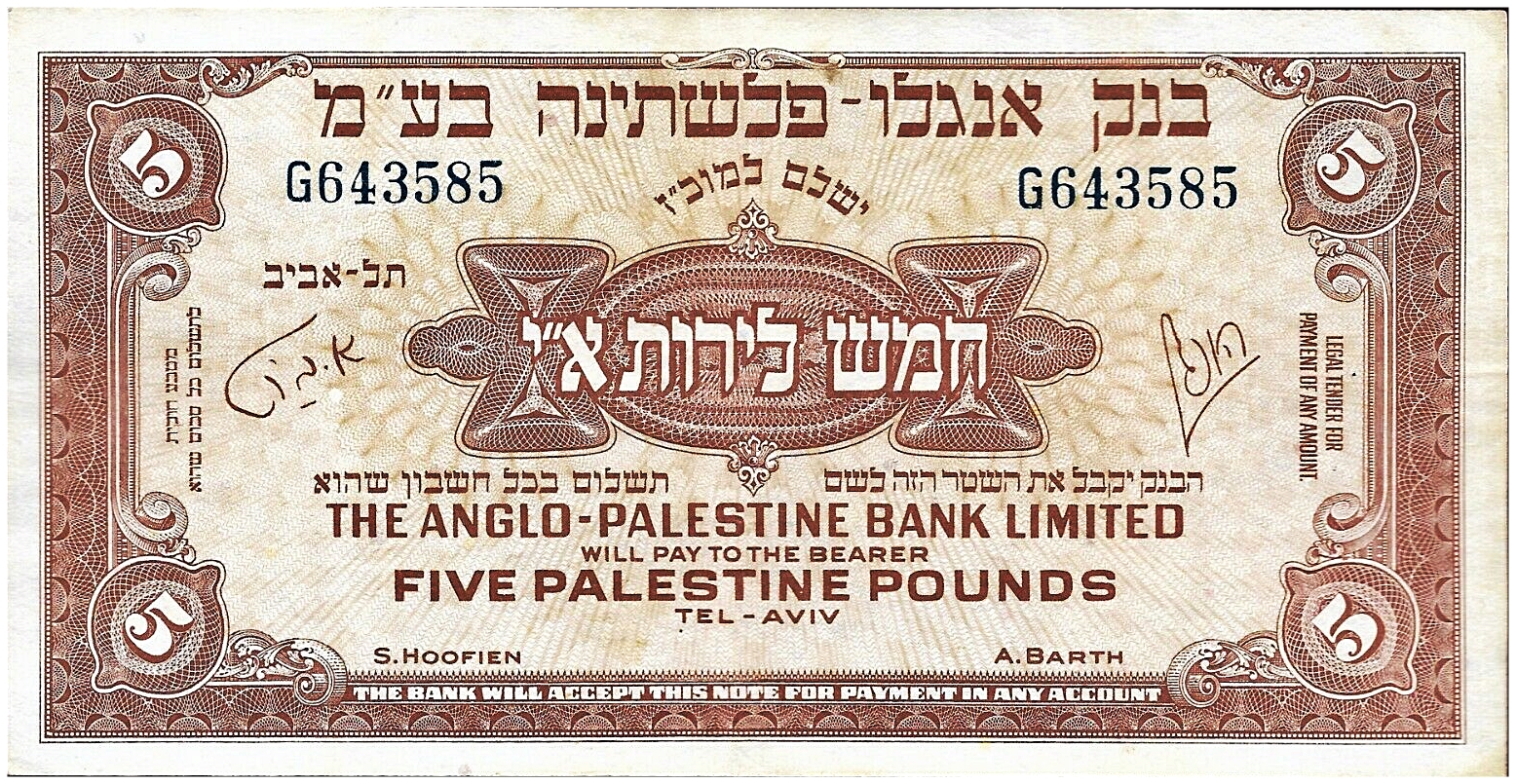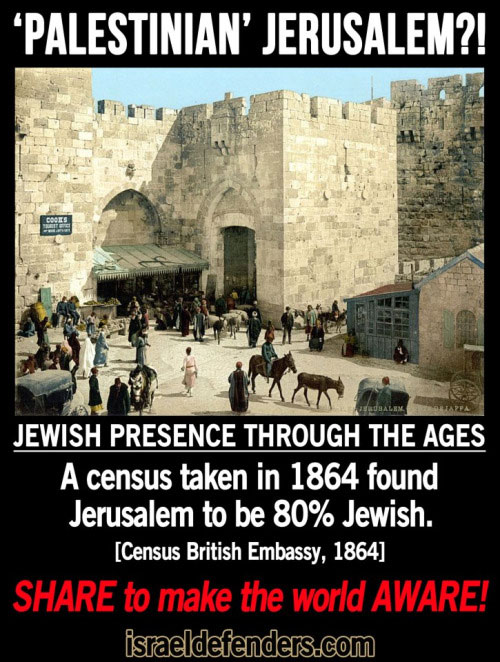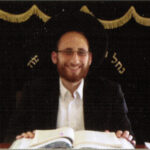
Chofetz Chaim: Shmiras Halashon
What may one say? What must one say? How should it be phrased? What is forbidden? How can one be in violation without saying anything? The questions are many. The answers are vital and they are here.
Likutey Eitzot
“The main thing is not the learning, but doing,” said the Rabbis.
In spiritual matters the basic question is “How to…?” How to
have faith? How to pray? To develop trust? To show love? How to
achieve happiness? This translation of Likutey Etzot, compiled is a comprehensive collection of Rebbe Nachman’s practical guidance and teachings on all aspects of life, presented subject by subject.
The Talmud, Gemara Beitzah
everything about Yom Tov and Muktzah
The Talmud is a central text of Rabbinic Judaism. The Talmud has two components.The first part is the Mishnah, the written compendium of Judaism’s Oral Torah “Instruction”, The second part is the Gemara, an elucidation of the Mishnah and related Tannaitic writings that often ventures onto other subjects and expounds broadly on the Jewish Bible. The terms Talmud and Gemara are often used interchangeably, though strictly speaking that is not accurate.
The whole Talmud consists of 63 tractates, and in standard print is over 6,200 pages long. It is written in Tannaitic Hebrew and Aramaic. The Talmud contains the teachings and opinions of thousands of rabbis on a variety of subjects, including Halakha (law), Jewish ethics, philosophy, customs, history, lore and many other topics. The Talmud is the basis for all codes of Jewish law and is much quoted in rabbinic literature.
The fast of the 17th of the Hebrew month of Tammuz, known as Shivah Asar B’Tammuz, is the start of a three-week mourning period for the destruction of Jerusalem and the two Holy Temples.
The fast actually commemorates five tragic events that occurred on this date:
- Moses broke the tablets when he saw the Jewish people worshipping the Golden Calf.
- During the Babylonian siege of Jerusalem, the Jews were forced to cease offering the daily sacrifices due to the lack of sheep.
- Apostomos burned the holy Torah.1
- An idol was placed in the Holy Temple.2
- The walls of Jerusalem were breached by the Romans, in 69 CE, after a lengthy siege. (Three weeks later, after the Jews put up a valiant struggle, the Romans destroyed the second Holy Temple on the 9th of Av.)
The Jerusalem Talmud maintains that this is also the date when the Babylonians breached the walls of Jerusalem on their way to destroying the first Temple.




